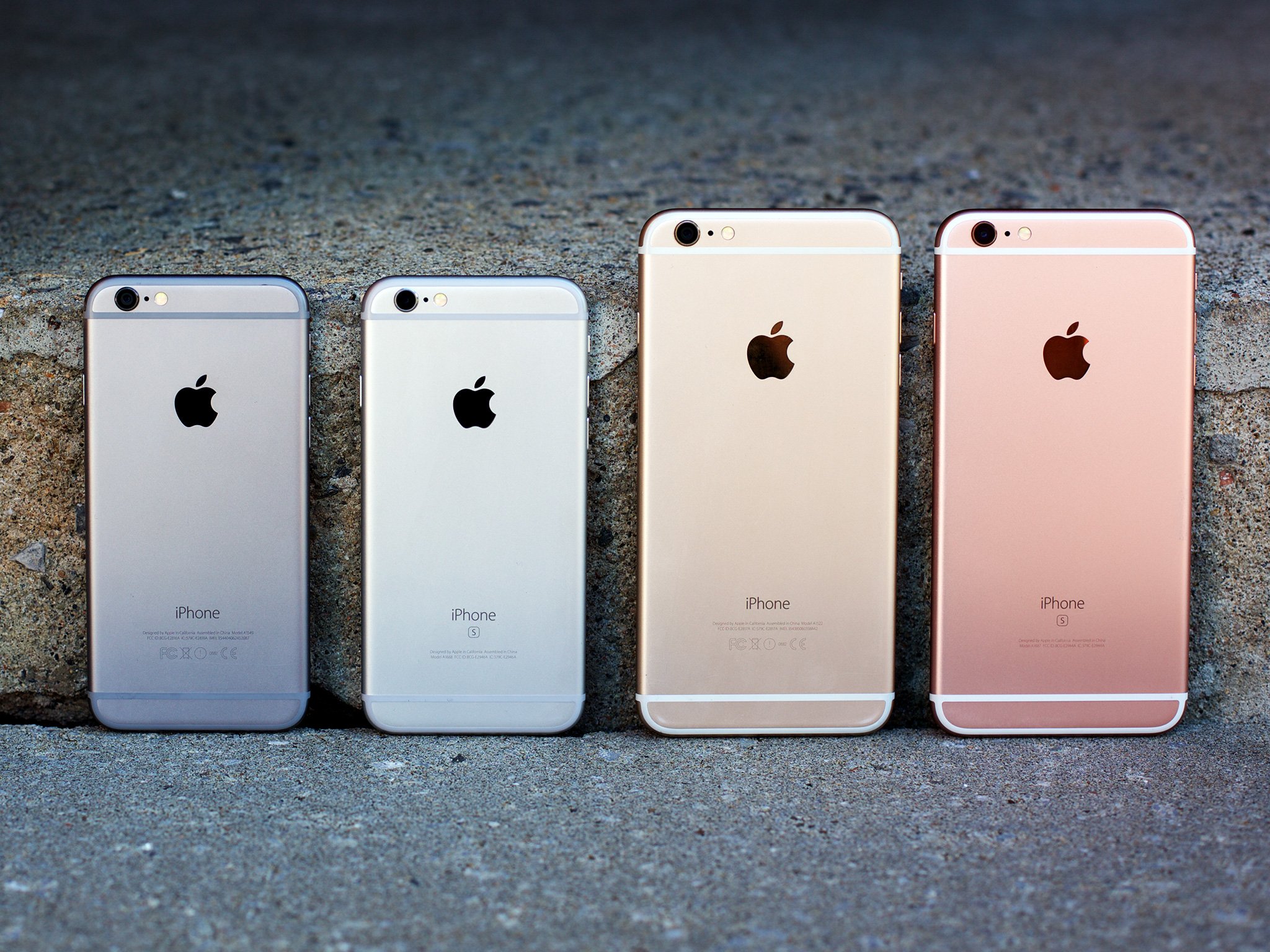Apple and iOS 10.2.1 address unexpected shutdowns on iPhone 6, iPhone 6s

For a while now there have been reports of some older iPhone models, namely iPhone 6 and iPhone 6s, shutting down unexpectedly. Apple introduced some diagnostics into iOS 10.2 back in December to try and determine what was happening and, with iOS 10.2.1, they've rolled out a fix.
"With iOS 10.2.1, Apple made improvements to reduce occurrences of unexpected shutdowns that a small number of users were experiencing with their iPhone," Apple told iMore. "iOS 10.2.1 already has over 50% of active iOS devices upgraded and the diagnostic data we've received from upgraders shows that for this small percentage of users experiencing the issue, we're seeing a more than 80% reduction in iPhone 6s and over 70% reduction on iPhone 6 of devices unexpectedly shutting down."We also added the ability for the phone to restart without needing to connect to power, if a user still encounters an unexpected shutdown. It is important to note that these unexpected shutdowns are not a safety issue, but we understand it can be an inconvenience and wanted to fix the issue as quickly as possible. If a customer has any issues with their device they can contact AppleCare."
My understanding is that, if a particularly processor-intensive task, such as a complex photo filter, caused a significant spike in power demand, an older battery unable to meet that demand could prompt a shutdown. So, by improving the advanced battery management in iOS 10.2.1, Apple has reduced the likelihood of that happening.
Batteries do age with time and charge cycles, though. To help with awareness, Apple is adding a service notice to Settings > Battery in iOS 2.1. It's similar to the one already in place on the Mac. Anyone with a particularly weak battery who still experiences the issue should contact AppleCare.
You can also take steps to prevent your battery from aging prematurely. Apple offers a set of battery best practices available.
In general, though, Lithium Ion doesn't like getting too hot or too cold. Don't leave your iPhone on your car's dash board or beneath the hot sun in summer, or in a mount nf front of a hot car vent in winter. Likewise, don't leave it out in the ice and snow.
Technical elements aside, I like how Apple solved for this. Phones are complex, but Apple controls the whole widget from atom to bit to pixel. Getting new diagnostics into a previous update, collecting data, figuring out the problem, and then rolling out the solution in a subsequent beta isn't just clever, it's smart.
You can criticize how long troubleshooting sometimes takes or how Apple almost never communicates during the process, but the "measure as many times as needed, cut once" approach has so far produced good results. It's also one of the primary reasons I use an iPhone. No janky outsourced support, no carriers getting in the way of updates, just issues getting fixed.
iMore offers spot-on advice and guidance from our team of experts, with decades of Apple device experience to lean on. Learn more with iMore!
If you were experiencing the shutdowns on iPhone 6 or iPhone 6s, let me know how iOS 10.2.1 worked for you!

Rene Ritchie is one of the most respected Apple analysts in the business, reaching a combined audience of over 40 million readers a month. His YouTube channel, Vector, has over 90 thousand subscribers and 14 million views and his podcasts, including Debug, have been downloaded over 20 million times. He also regularly co-hosts MacBreak Weekly for the TWiT network and co-hosted CES Live! and Talk Mobile. Based in Montreal, Rene is a former director of product marketing, web developer, and graphic designer. He's authored several books and appeared on numerous television and radio segments to discuss Apple and the technology industry. When not working, he likes to cook, grapple, and spend time with his friends and family.
